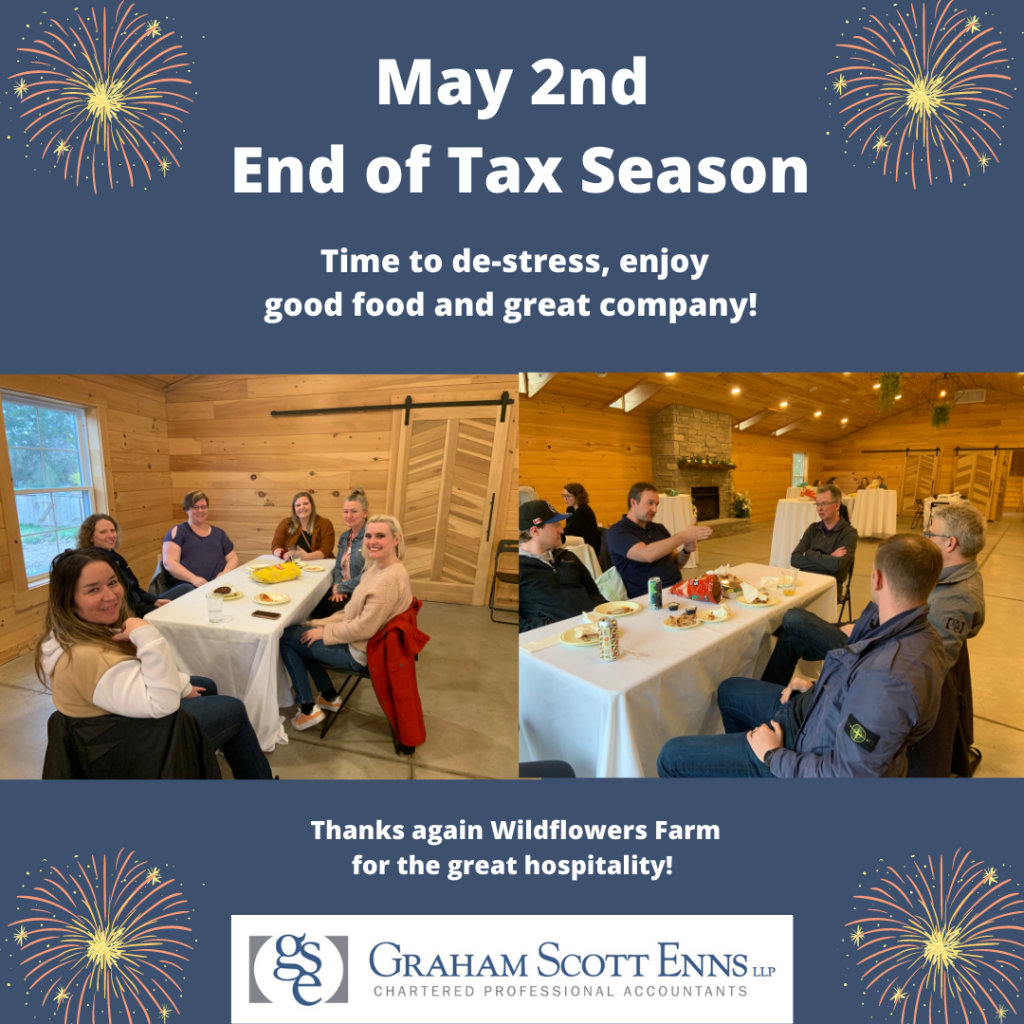Did you work from home in 2021? If the answer is yes, you may be eligible for a tax deduction on your 2021 tax return.
CRA has provided two options when claiming employment expenses related to working from home due to COVID-19.
- Temporary Flat Rate Method
- Detailed Method
Temporary Flat Rate Method
To qualify for the temporary flat rate method, the taxpayer must meet all the following conditions below:
- The taxpayer worked from home due to the COVID-19 pandemic
- The taxpayer worked more than 50% of the time from home for a period of at least 4 consecutive weeks in the year.
- The taxpayer is not claiming any other employment expenses
- The employer did not reimburse all the taxpayer’s home office expenses.
If you meet all the above conditions, you can claim $2 per day up to a maximum of $500 (250 days is the maximum number of days you can claim under this method). If you choose to claim home office expenses using this method, please inform your advisor of the number of days you worked from home in 2021. Please note, there is no certification required from your employer if you choose to use this method.
Detailed Method
To qualify for the detailed method, the taxpayer must meet all the following conditions below:
- The taxpayer worked from home due to the COVID-19 pandemic
- The taxpayer worked more than 50% of the time from home for a period of at least 4 consecutive weeks in the year.
- The taxpayer paid for expenses related to the workspace in their home
- The taxpayer has a completed and signed form T2200S – Declaration of Conditions of Employment for Working at Home Due to COVID-19 from their employer
If you meet all the above conditions, you can claim a portion of electricity, heat, water, maintenance/repair costs, the utilities portion of condo fees, common office supplies (such as toner and printer paper) and rent related to the use of the workspace in the home. Reasonable repair and maintenance costs are light bulbs, repairing walls of the workspace or broken desks etc. Expenses that are not deductible include mortgage interest, principal mortgage payments, furniture, equipment, computers, and accessories. All the allowable expenses must be prorated to the portion of the house you are using for the office workspace, which is computed on a square footage basis. In addition, the office workspace will have to be prorated for hours used for employment purposes (i.e., personal use hours of the workspace vs. employment use hours of the workspace). If you are using this method, please be sure to send your advisor information pertaining to the square footage of your home office workspace as well as the total square footage of your home, along with a ratio of personal vs business use of the home office workspace. Under this method, you are required to keep supporting documents related to the allowable expenses in case CRA requests to review them.
If you are wondering what option would result in a better tax deduction for you, CRA has created a calculator online which can be accessed using this link: Compare the claim methods – Home office expenses for employees – Canada.ca
If you have any questions, please reach out to your advisor who can assist you in making sure you claim the deduction that works best for your situation.







